“A refugee is a person who asked for protection and was given refugee status. ... Not every asylum seeker becomes a refugee, but every refugee starts out as an asylum seeker. A migrant is a person who leaves or flees their home to go to new places – usually abroad – to seek opportunities or safer and better prospects.”
Refugee Council of Australia summaries refugees as:
“Refugee’ is often used to describe anyone who is forced to leave home for many reasons, such as conflict or violence. Sometimes it is also used to describe someone who has to move because of a natural disaster”.
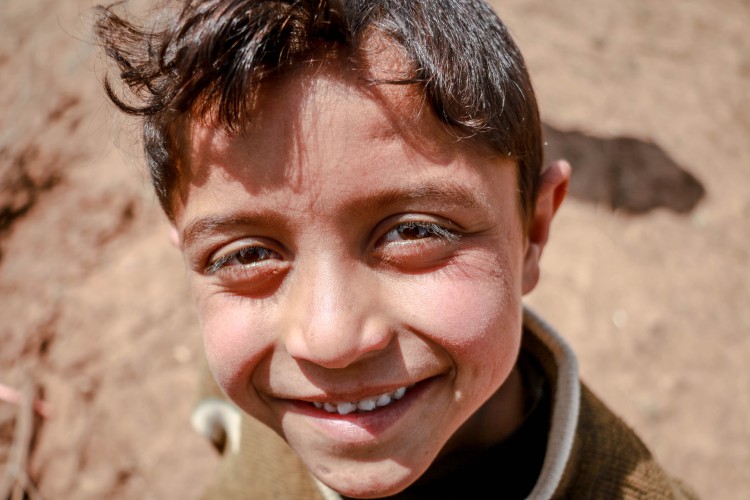
The term ‘asylum seeker’ is often used interchangeably with ‘refugee’, but means something different under law. Asylum seekers are the people who have sought protection as a refugee, but whose claim for refugee status has not yet been assessed.
However, under international law, a person is a ‘refugee’ as soon as they meet the definition of refugee, whether or not their claim has been assessed. If they are found to be refugees, then they are ‘recognised refugees’.
The Refugee Convention defines a refugee as:
“Any person who owing to a well-founded fear of being persecuted for reasons of race, religion, nationality, membership of a particular social group or political opinion, is outside the country of his/her nationality and is unable, or owing to such fear, is unwilling to avail himself/herself of the protection of that country.”
The Department of Immigration and Citizenship (DIAC), confirms:
There is NO OFFENCE under Australian law that criminalises the act of arriving in Australia or the seeking of asylum without a valid visa. However this is not how asylum seekers are treated.
“The harsh policies cause terrible suffering to vulnerable people”..
Australia’s Asylum Policies: This Information is thanks to Refugee Council of Australia:
Australia treats refugees in two very different ways. For many decades, Australia has been a leader in bringing some of the most vulnerable refugees in the world from overseas, and supporting them to settle in Australia. This commitment is even more valuable today when it is harder than ever for refugees to find protection in a safe country.
However, Australia’s treatment of refugees who come to Australia seeking protection is now leading the world in the opposite direction: to the most punitive policies aimed to deter vulnerable people from seeking safety.
Australia is stopping people seeking asylum from coming (by boat or plane). If any do come by boat, they are sent to Nauru or Papua New Guinea to be ‘processed’. They are then left there with little prospect of living safely and supporting themselves.
Australia’s Detention Policies: Offshore Processing: Conditions Violate UN:
Those who enter Australia without a visa must be detained by law. They can be released only if the Minister allows it. There is no time limit to their detention. No one can independently review whether they should be detained. People are detained even if they haven’t committed a crime. They are being held for longer and longer, on average for around 450 days. Some have now been detained for as long as nine years.
Living on the Edge: A marginalised existence
In recent years, most people seeking asylum have been released into the community as refugees. While this is very welcome, their difficulties do not stop.
Many of them are forced into poverty, because they are not given enough (or sometimes anything) to live on. For years, the government stopped them from working. The government has not offered them any help to settle. Meanwhile, the government takes years to process their claims.
In recent years, more people seeking asylum by plane have been waiting longer for their claims to be determined. While these people face fewer restrictions than those who come by boat, they can still face enormous challenges.
They live in the community, usually on the conditions of their original visa. For some visas, such as tourist or student visas, this means they cannot get Medicare, cannot get income support, and may be unable to work. They are also often unable to access other supports, such as women’s refuges.
How Does Australia Determine if a Person is a Refugee?
Since 1993, Australia‘s procedure involves four main steps:
There have been many changes to this refugee status determination procedure over time. Since 2001, the procedures for those who arrive by boat have been different from those who arrive by plane with a valid visa. Since December 2014, very different procedures apply to those who arrived by boat on or after 13 August 2012.
Those who came by boat can not apply unless invited: See Migration Act 1958 s 46A
Since 2001, not everyone who seeks asylum in Australia can apply for refugee status. In 2001, laws were passed that meant anyone who arrived in an ‘offshore entry place’ – such as Christmas Island – did not have a right to apply for asylum.
Instead, they could only apply if the Minister has personally decided they could. This is called ‘lifting the bar’. This decision cannot be reviewed.
In 2014, this changed again. Now, even if a person made it to mainland Australia by boat, they could no longer apply for asylum unless the Minister allowed it.
For some people, these laws have also meant that they are forced to live in Australia unlawfully. For some people, the Minister must ‘lift the bar’ before their bridging visas can be renewed. This can lead to delays as each decision must be made by the Minister.
These visas give them the right to live in the community. Without a visa, a person has no right to live in the community or to access basic services.
Even when they are found to be refugees, the punishment continues. Under current policy, refugees who come by boat are forced to live on temporary protection visas forever. They must apply every three or five years to stay in Australia. They cannot be reunited with family, or even visit them without the permission of the government.
The Australian Government has recently introduced a community sponsorship program. It allows people in Australia to say raise thier hand and experience the rewarding opportunity to ‘sponsor’ a refugee to come live here..
Community sponsorship of refugees is a way to unlock the goodwill of ordinary Australians to help refugees successfully settle and integrate into their new local communities, supplementing the government-led resettlement program and helping change a person's life - for good.
This means organisations like a local government, religious community group or business can now ‘sponsor’ a refugee, and maybe even their family, and extend a once in lifetime opportunity to help refugees rebuild and grow a new start in Australia…
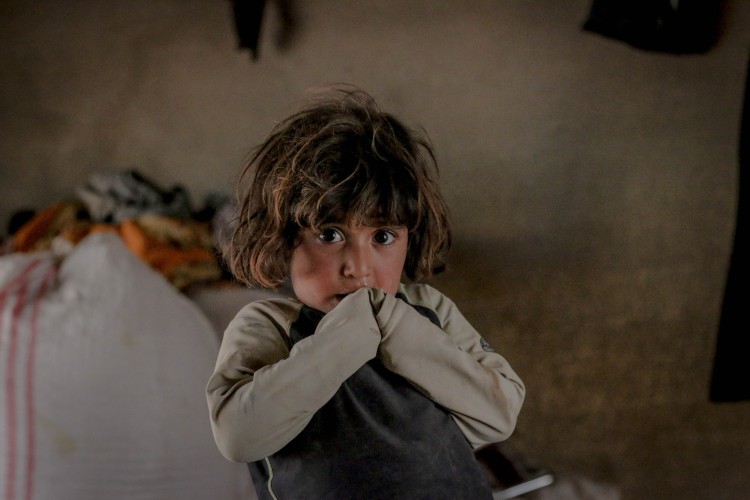
Introducing the Most Vulnerable Children to Hope - Providing Holistic Individualised Care in Healthy Family Environments..Support #NotForgotten Today
As at October 2021, around 1,400 people remain in Australia’s offshore processing arrangements – in Nauru, Papua New Guinea or medically evacuated to Australia. Those evacuated to Australia remain in locked detention, community detention or are living on Final Departure Bridging Visas, with no access to a financial safety net.
Both the current Coalition Government and the Labor Opposition continue to insist that refugees from this group will not be allowed to settle permanently in Australia.
Together we can help up to 250 people of this group who may have the opportunity to resettle in the United States and a further 150 are on a pathway to Canada thanks to Operation #NotForgotten
Check out this informative collection of films about Refugees in Australia …LINK HERE
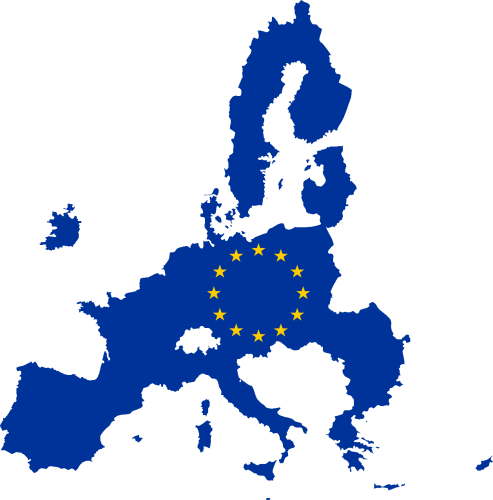
The United Nations High Commissioner for Refugees has described the consequences of the Russia- Ukraine conflict as the "fastest growing refugee crisis since the second World war ."
On 3rd March, the EU Member states made the decision to activate the European Union's Council Directive 2001/55/EC of 20 July 2001 known as TPD as a consequence of the ongoing war.
The United Nations High Commissioner for Refugees has described the consequences of the Russia- Ukraine conflict as the "fastest growing refugee crisis since the second World war ."
On 3rd March, the EU Member states made the decision to activate the European Union's Council Directive 2001/55/EC of 20 July 2001 known as TPD as a consequence of the ongoing war.
What is TPD ( Temporary Protection Directive ) ?
TPD ( Temporary Protection Directive ) is a 2001 European Union directive providing for immediate temporary protection for displaced people in the case of mass influx of foreigners arriving from countries outside of the EU.
The Council of the European Union’s activation of the Temporary Protection Directive (TPD) will grant immediate protection in EU countries to people fleeing the conflict in Ukraine.
This decision means that Ukrainians seeking safety in the EU will quickly get residence permits, be able to work, and be provided with suitable accommodation, welfare assistance, medical assistance, and education. It is now up to member states to decide if they will extend that to others fleeing Ukraine.
The Council’s decision to help Ukraine refugees is a reminder that Europe has long had the tools to protect people fleeing war and help new arrivals. Because these decisions are also driven by political motivations they thus otherwise come about very infrequently.
LIVElove stands up for the promotion of Refugee Rights in the EU, and is calling for help for the EU in their response to the crisis of Ukraine.
Did you know in 2019 The Refugee Council found over 70.8 million people world-wide had been forced to leave their country?
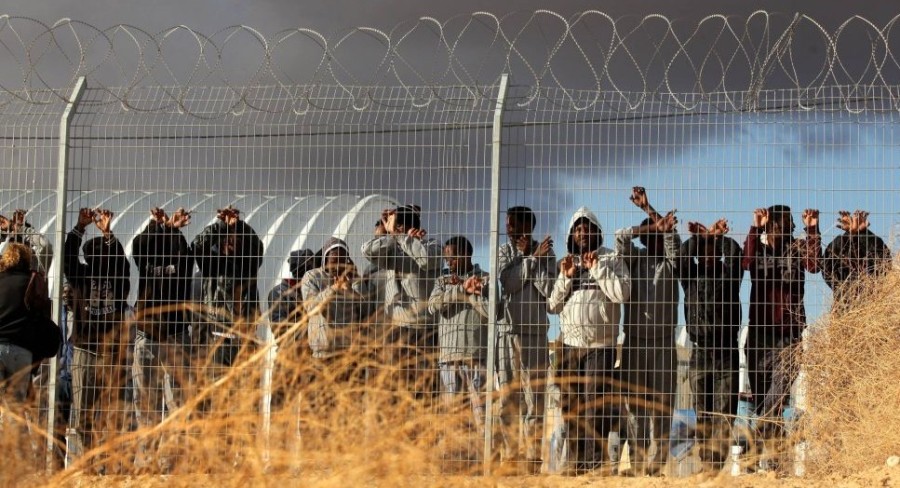
LIVElove stands up for better funding for Australian offshore detention centres:
Did you know in 2019 The Refugee Council found over 70.8 million people world-wide had been forced to leave their country. Of these, around 41.3 million were displaced within their own country (internally displaced). 25.9 million are refugees, including 5.5 million Palestinian refugees. There were 3.5 million people seeking asylum.
The top five countries of origin were:
People flee overwhelmingly to neighbouring countries. Turkey, Pakistan, Uganda, and Sudan (the top four) are close to major countries of origin. The country with the largest proportionate number of refugees is Lebanon. followed by Nauru - the offshore Australia immigration detention centre.
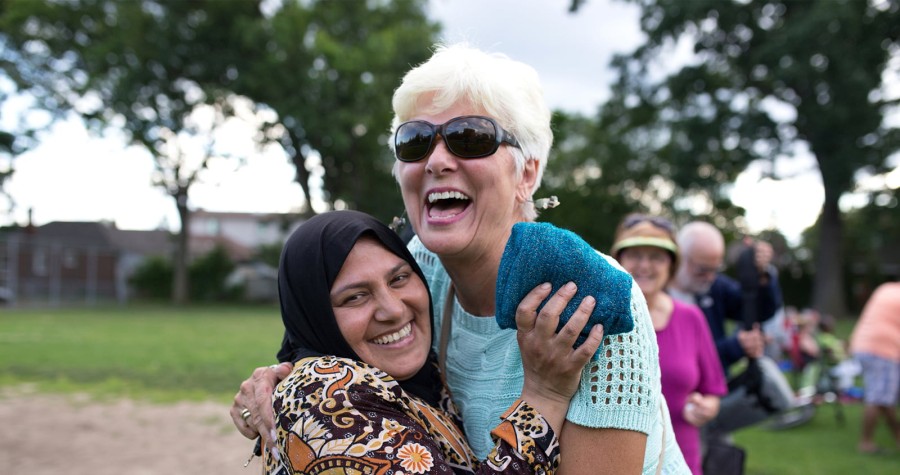
If you’re interested in getting actively involved in welcoming and supporting refugee newcomers, click on the relevant link below for more information on these exciting current and future programs:
LIVElove Stands for Welcoming and Supporting Refugee Families to Australia:
If you’re interested in getting actively involved in welcoming and supporting refugee newcomers, click on the relevant link below for more information on these exciting current and future programs:
Find out how this new program will enable everyday Australians to welcome and help to settle a refugee individual/family to resettle in Australia from overseas through the recently announced federal government ‘CRISP’ program. See
https://refugeesponsorship.org.au/
